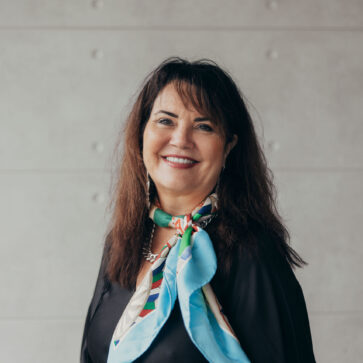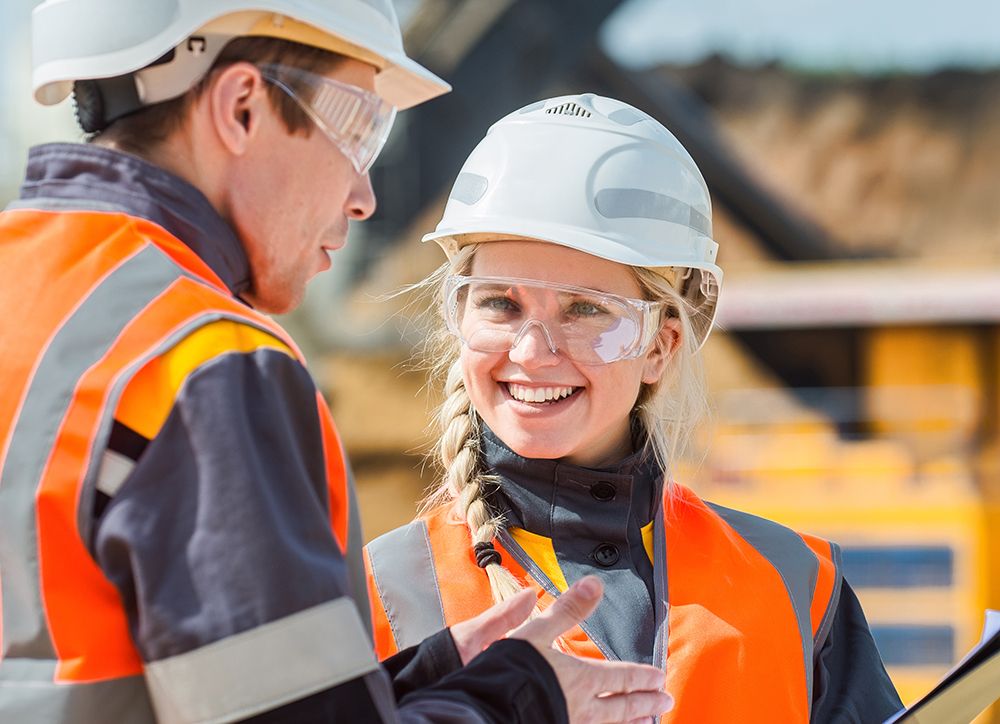Women in mining
15 May 2025The face of mining is changing. Traditionally one of the most heavily male-dominated industry sectors, mining still has the scale of males to females very much favouring men but in recent times there have been some key changes to the mix.
 Karla Way-Mcphail - CEO Undamine
Karla Way-Mcphail - CEO Undamine 
By Tony Grant-Taylor
Where once the roles undertaken by women in the mining industry (or rather the ones offered) tended to be in administrative areas, now, women are taking up positions from driving coal trucks and operating machinery to professional services and key executive roles including board members and CEOs.
A discussion paper tabled in February 2012 by the Resources and Engineering Skills Alliance and the Centre for Social Responsibility in Mining, cited figures from 2011 that of the approximately 11.5 million people in the workforce, some 239,100 worked in the mining industry and of those 33,942 were women – 15 per cent of the mining workforce. The paper noted the change in ratios of men to women from 1994 to 2011 (Source: ABS, 2011b) with a national improvement from 9.2 men to every woman employed in mining in 1994 to 5.5 men to every woman in 2011. Individual states where mining is particularly strong – WA, NSW and QLD – showed the best improvements with WA and QLD virtually halving their previous ratios and NSW dropping from a hefty 20.2 men to every woman in ’94 to 7.7 men to every woman in 2011. While these figures show a positive trend, there is still a long way to go to get real equality.
Mining companies have been moving to bridge the gender gap with women taking up non-traditional roles but women also have been taking positive action through industry groups that represent the issues of women involved in mining. In mid 2012 more than 500 women working in the resources industry attended the inaugural Brisbane ‘Inspire Convention’. The conference, opened by Queensland Premier Campbell Newman, was aimed at attracting and retaining more women across the various industries that make up the mining and energy sector.
The one-day get-together – organised by Women in Mining and Resources Queensland (WIMARQ), in association with the Queensland Resources Council – included an impressive line-up of speakers and panelists. They included Nicole Hollows, the former chief executive of Macarthur Coal – almost certainly the biggest Australian resource company to be led by a woman. Among the other speakers were Julie Beeby, who heads up coal seam gas company Westside Corporation; Helen Gluer, Queensland’s first ever female head of Treasury; Fiona Nicholls, vice president external relations for Rio Tinto Energy; Jennifer Morgans, vice president external affairs at Peabody Energy Australian operations; and Heather Parry, project manager for Leighton Contractors on the $157 million Dawson North mine project near Moura.
With the resources sector struggling to find enough skilled workers, the push to recruit more women has been on for as long as a decade. And the influx – not a flood but a growing phenomenon – has spawned a significant number of groups whose aim is to support and mentor women in the industry – most supported these days by broader industry lobby groups like the Queensland Resources Council and the Australian Mines and Metals Association, which is particularly active in Western Australia.
Groups like WIMARQ are dedicated to both attracting women to the resources industry, in roles from the coalface to mine management and project planning and development as well as executive roles. With a diverse committee, which includes women with operational, technical, executive, HR, legal and environmental science expertise, among others – WIMARQ organizes educational and networking events aimed, in broad terms at supporting women in a traditionally rough and tumble male dominated industry.
A major aim of the QRC and WIMARQ is to have 20 per cent of non-traditional roles in the industry filled by women by 2020. The current percentage in such roles is about 11 per cent. The Australian Women in Resources Alliance, backed by the AMMA has similar aims. A current project is an e-Mentoring program that will assist women working in the industry, who may be constrained from face-to-face mentoring due to remote locations or non-traditional work schedules.
